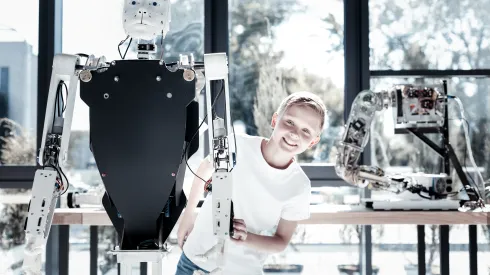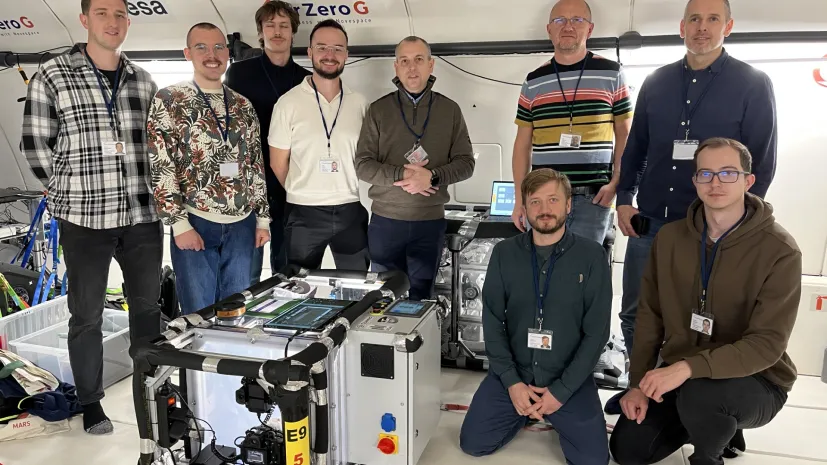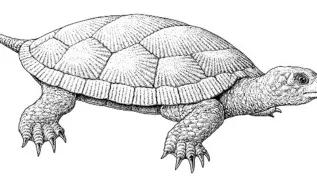-

3D-printed neurotube to help regain mobility after injury
A 3D-printed structure that allows nerve cells to travel independently and form new connections, offering a potential advance in the repair of severed arm or leg nerves, has been developed by researchers from Poznań and collaborating centres.
-

Polish language not ‘superior’ for AI prompting, researchers say
Claims that Polish is the “best language for prompting” AI models are incorrect, according to the research behind the OneRuler benchmark, a multilingual test suite evaluating how AI models process very long texts.
-

Revolutionary detector could transform thermal imaging and gas detection
A detector that detects energy from near-infrared to thermal radiation at room temperature has been developed by Chinese researchers working with physicists from the Military University of Technology in Warsaw.
-

Warsaw researchers develop eco-catalyst to transform carbon dioxide and glycerol
Scientists at the University of Warsaw have developed a nanocatalyst that transforms waste glycerol and carbon dioxide into glycerol carbonate, a potentially cheaper and greener route for producing materials used in lithium-ion batteries, bioplastics, and pharmaceuticals.
-

Children treat robots politely regardless of communicative style, Polish researchers find
Children remain polite to robots even when the machines speak to them in a commanding manner, Polish researchers have found. The finding challenges the assumption that children automatically imitate the communication style of machines.
-

Polish innovators win James Dyson Award 2025 for ‘life-saving’ water monitoring technology
A team of engineers from Warsaw has won the 2025 James Dyson Award in the “Sustainability” category, a global recognition for young inventors tackling real-world problems.
-

Polish engineers ‘develop mechanisms’ to probe surface of Venus
A Polish team will develop mechanisms resistant to extreme space conditions for the Envision mission, the first probe to study Venus’s surface, interior, and atmosphere.
-

Polish scientists build national database to train self-driving cars for complex traffic
Scientists are developing a Polish database of test scenarios for autonomous vehicles as part of the DARTS-PL project, aimed at facilitating the introduction of the cars in the country.
-

Scientists find ‘twisted metallic magnet’ could transform spintronics and electronics
A metallic “twisted” magnet conducts electricity more easily in certain directions and generates a strong signal without an external field, an international team including Kamil Kolincio, PhD, from the Gdańsk University of Technology has found.














